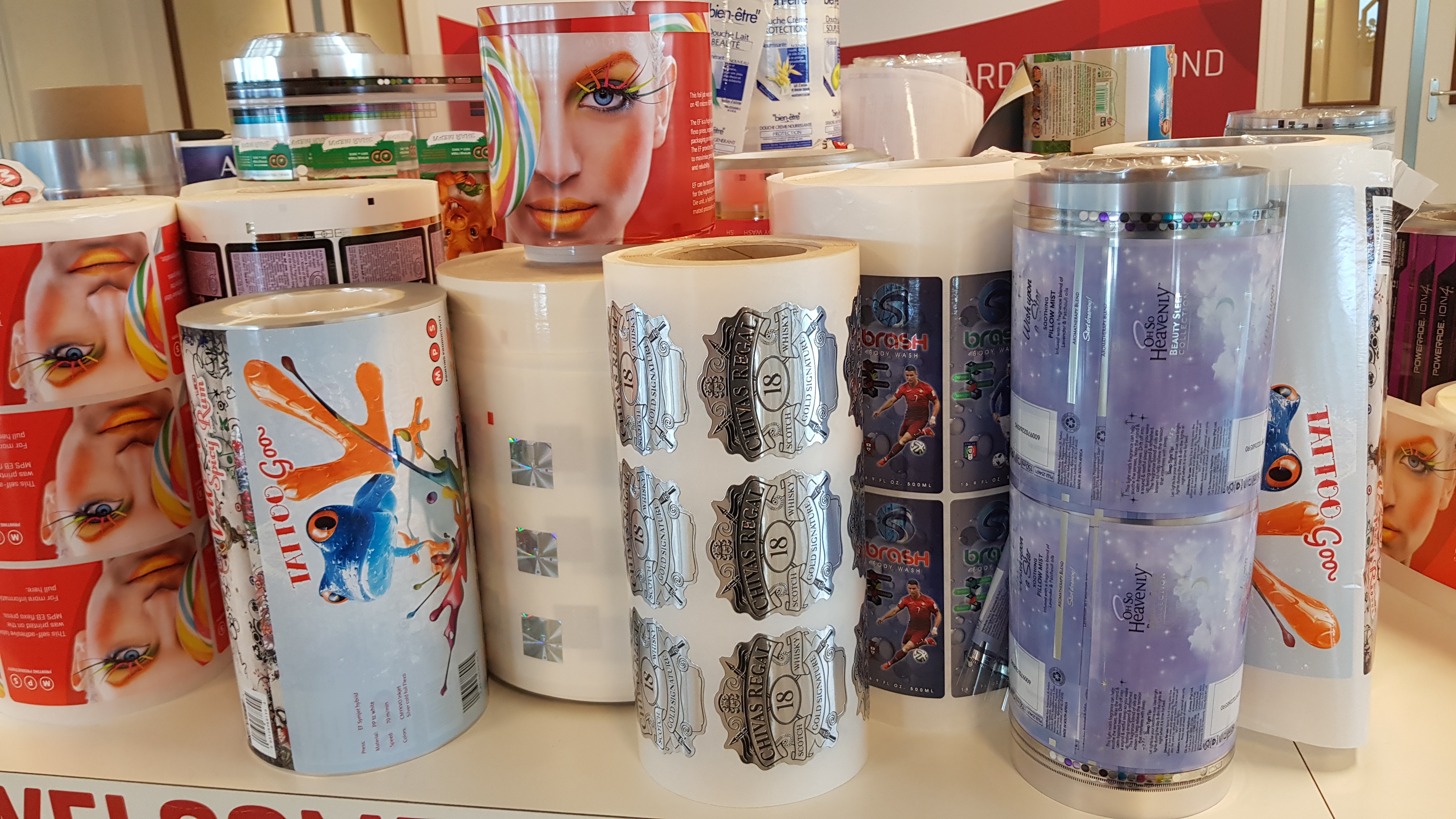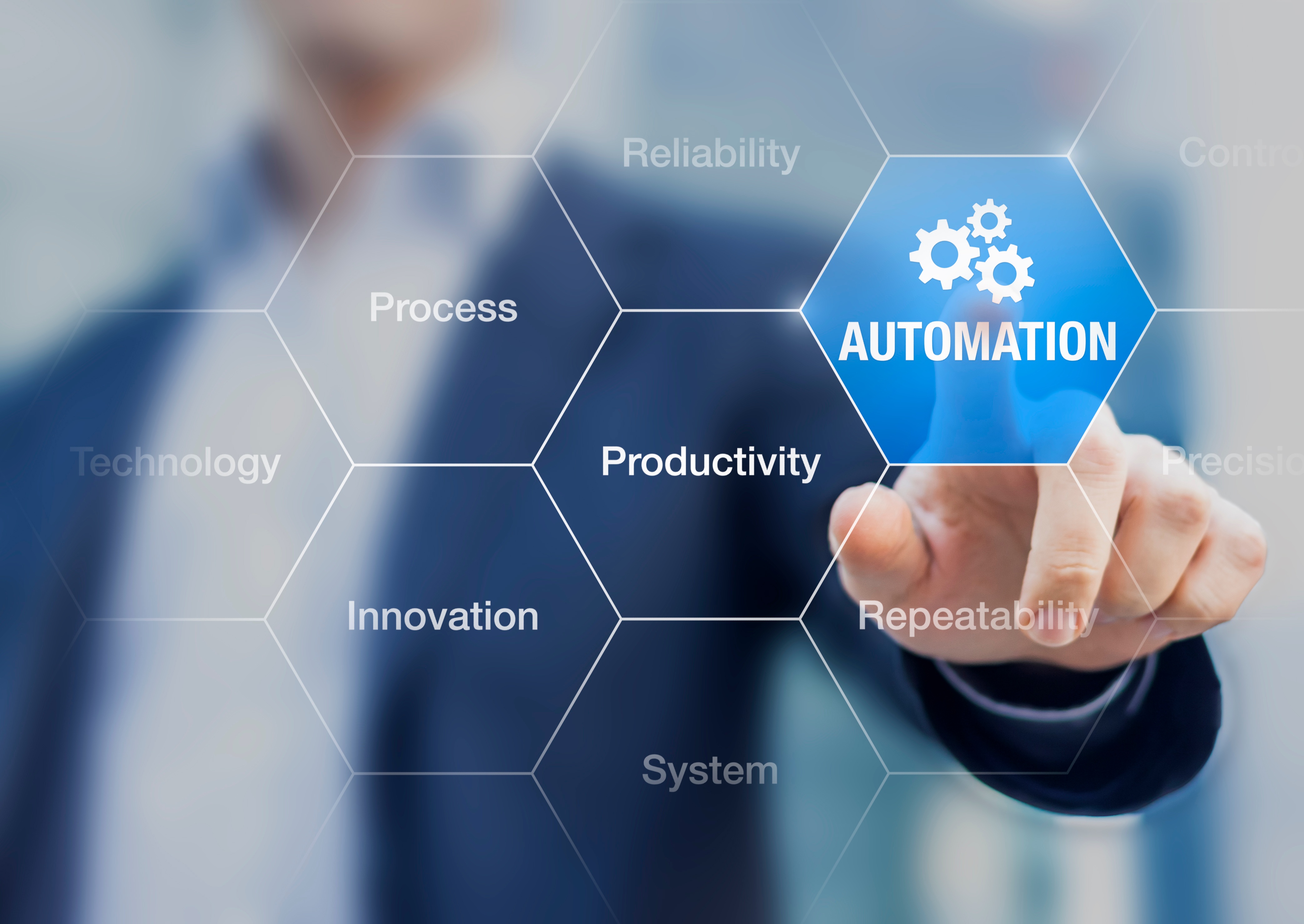 We asked Mike Fairley, founder and strategic consultant of Labels & Labeling, to share his vision on the current trends and the future of the label industry. Learn more from his expertise in this guest blog!
We asked Mike Fairley, founder and strategic consultant of Labels & Labeling, to share his vision on the current trends and the future of the label industry. Learn more from his expertise in this guest blog!
The self-adhesive label industry has been one of almost continuous above GDP growth and innovation worldwide for many years, driven by the need to meet ever-changing brand owner and consumer requirements, emerging new markets and the new worlds of IT, communications, social media, and the like ‒ with some of the fastest changes in these areas taking place over the past ten years or so.
Label industry history and trends
Once primarily a technologically-based industry using conventional letterpress or flexographic printing, we now also widely use offset, some gravure, and most recently the toner-based and inkjet digital printing processes, often with several different printing (and finishing) processes all brought together in one combination or hybrid press line. The options today for converters and brand owners to add value are becoming almost limitless, and all in shorter and shorter runs and with reduced lead times.
The growth in installations of color inkjet printing over the past ten years (either on their own or in a variety of hybrid options) have certainly added even further variety and possibilities for the label converter, with personalization, multi-versions, variations, raised image areas and variable graphics all now possible, either in stand-alone inkjet machines or in a hybrid line.

Samples printed using flexo or hybrid printing technology
To make all of this feasible there have also been major advances in recent years in electronic label design, pre-press operations, artwork origination, shrink sleeve image distortion, step-and-repeat, platemaking, digital front end formats, and now increasingly moving into brand owner supply chain management.
Consequences for converters and brand owners
What does all this mean for the converter and brand owner? Short run lengths, reduced lead times and quick turnarounds can all lead to production bottlenecks which, in turn, have stimulated major steps forward being taken in workflow automation and more sophisticated management information systems (MIS).
This will only continue to speed-up over the coming years. Indeed, we are already seeing ever-increasing integration and automation of both in-line and on-line processes ‒ automated un-winds and rewinds, automated MIS and inspection, automated finishing operations from turret rewinding to slitting, varnishing and cold foiling ‒ and of necessity today, between MIS and software companies and equipment/technology suppliers. The forthcoming Labelexpo Americas Automation Arena (in which MPS is participating) is undoubtedly evidence of this trend.

Automation Arena at Labelexpo Europe 2017
Workflow automation, whether of management information, pre-press and origination, or the press and process stages (probably the three most dominant trends in recent years), and all increasingly integrated with each other, is undoubtedly where the industry is going in terms of running tomorrow’s presses and converting plants. However, this all brings its own challenges. How does an industry that is still largely regarded outside of the printing industry as a messy ink on paper business, change its image and recruitment to one increasingly reliant on IT skills, software, digitization, computerization, automated technology and workflow systems.
An automated future ahead
While conventional servo drive flexo and offset presses will still continue to have a dominant place in the installed base of label presses for many years ‒ because there are still many long runs and types of work not suited to digital printing ‒ it is digital, particularly inkjet, that will undoubtedly become a longer term market leader as quality and performance continues to improve. Most certainly, hybrid conventional and inkjet presses will find a growing market alongside stand-alone digital presses. Everything will continue to become more automated, and technology, software and IT skills will become more and more of a necessity.

Hopefully the label industry, with the right people and skills, will be ready for this new, exciting and automated future.
Mike Fairley